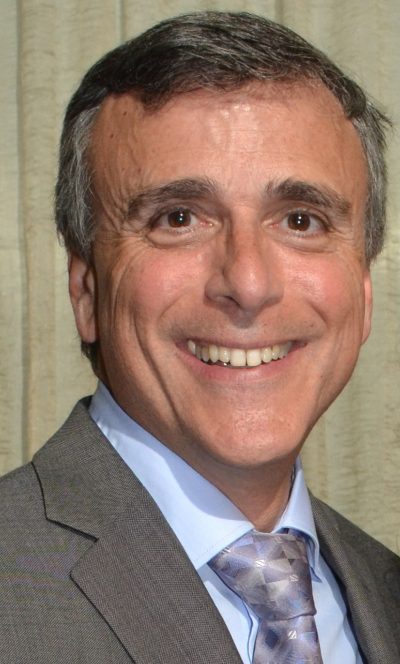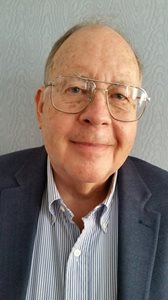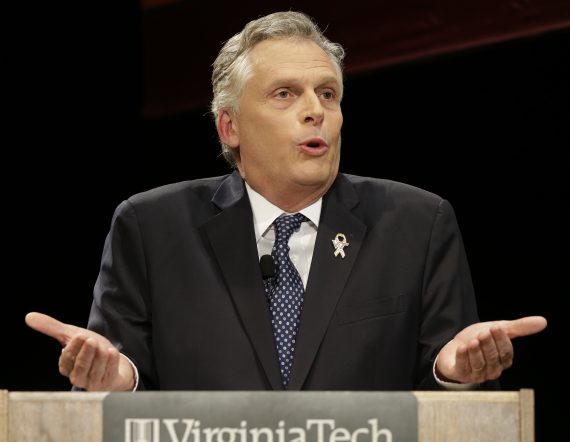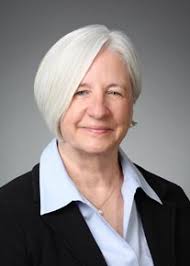
(7-10-17) I recently asked Paul Gionfriddo, the President and CEO of Mental Health America, if he would answer a series of questions for me. Thankfully, he agreed.)
Question 1: People sense a new vitality at Mental Health America. Tell us what made you agree to take charge of MHA?
Mental Health America is an amazing place to work, with incredibly gifted and energetic staff people and affiliates across the nation who are making a real difference. Four years ago, I was happily working from home, writing my policy memoir (Losing Tim) and taking occasional consulting jobs to help pay the bills. My wife, Pam, who was and still is the CEO of MHA of Palm Beach County, came home each night, and listened to my stories about how I’d fix the mental health system that had failed Tim so badly. When the MHA position came along, she said, “you’d be perfect for this.” David Shern (former MHA CEO) also strongly encouraged me to apply. When I talked to the search committee and Board, I told them that there were other organizations working in the deep-end space, but that we needed a national advocacy organization to do more upstream – early identification, early intervention, and health/behavioral health/education/workplace integration. My story – and I’m sticking to it – is that they had 100 qualified candidates for the position, and only got to me after first considering the other 99. But ultimately this approach made sense for them and for me, and so here we are.

Question 2. You describe your family’s struggles with your son, Tim, in your article, How I Helped Create A Flawed Mental Health System That’s Failed Millions (which I will post Tuesday.) What can you tell us today about your relationship with your son?
Like so many others, Tim went through a lot – in school and afterwards – as someone living with a serious mental illness that emerged during early childhood. I love Tim deeply, as I love all my children. I am constantly amazed by his resilience in the face of schizophrenia. I am in awe of his patience in dealing with the challenges and roadblocks to independence and recovery that have been put in his way during this past quarter century and trapped him in the revolving door of occasional hospitalization, frequent incarceration, and chronic homelessness. He and I share a sense of humor, and have always had a good relationship during our most troubling times. Of course, he calls far too infrequently, and worries me far too frequently. When I tell him this, he just laughs, and says “I’m fine, Dad.” Typical 32-year-old.








